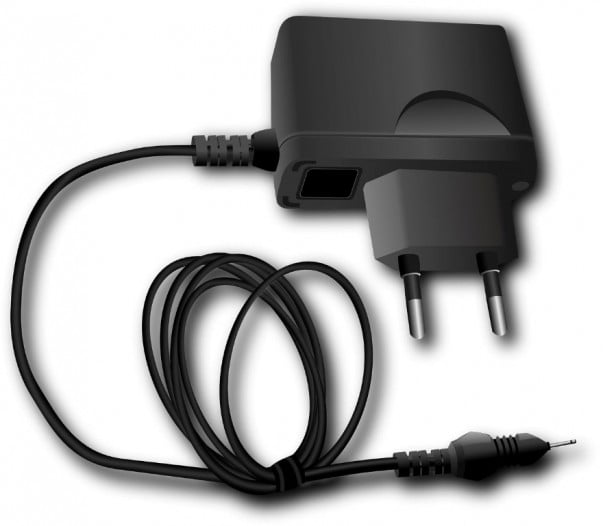Over the past several years, we’ve watched so-called “cigalikes” and vapes steal the show from Big Tobacco and the cigarette industry, as an exodus of smokers seek demonstrably safer alternatives to combustible sources of nicotine. However, it isn’t all smooth sailing for the vape industry. Activist groups ardently pursue strict regulations on vaping devices and e-liquids across the country, accusing the industry of being little more than a modernized offshoot of Big Tobacco. Allies in the media amplify this perception by granting a platform to activist leaders making spurious, apocryphal claims. And of course, we have highly-publicized instances of the vaping devices themselves exploding outright in the faces of their users.
You’ve read the news stories, and you’ve certainly seen the photos of facial injuries circulated across social media. But it’s important to note that the exploding devices phenomenon isn’t exclusive to the vaping industry; the same mishaps can occur even in the highest echelons of the tech space. It’s even more important to understand how they occur, at least in the vast majority of cases.
In this post, I briefly went over the most common user errors that cause vaping devices to explode, simultaneously detailing how you can avoid a terrible mishap that could see your hard-earned money go up in smoke.
1. Pushing unregulated devices too far:
The explosions reported by the press almost always involve what are called “unregulated” vape mods, which are essentially vape devices allowing full user control over hardware settings and assembly of different parts from different manufacturers. Regulated all-in-one vaporizers such as JUUL systems and pod mods have pre-defined caps on their output settings, with max wattage, voltage and resistance values that users can’t get around.
To be fair, unregulated mods do have limits as well, but users bear the responsibility of factoring in the manufacturer’s recommended ratings for each component in their assembly. This exact and unforgiving science is what steers most novices in the direction of regulated mods. When you apply more wattage than an atomizer coil is rated for, 90w on Smok Baby Beast T6 coils for example – or run a low battery on high output settings for prolonged periods of time, you are literally playing with fire.

2. Battery mismanagement:
Sadly, far too many users take far too many factors for granted in the handling and maintenance of their vape mod batteries. The two most common examples are:
Charging overnight:
Many people assume that a battery capacitor — i.e., a hardware mechanism that caps the max charge on a battery, thereby preventing overcharging — comes standard on all vape mod batteries like they do with smartphone batteries. The truth is the vape industry is still in its relative infancy and is therefore far less regulated with less standardization in its products. Cheap mods come with cheap batteries that may not have a capacitor and could swell with overcharging. As you can probably imagine, running a swollen battery on high output settings for prolonged periods of use is definitely not a good idea.
Not using the provided charger:
Manufacturers take great care to include charging adaptors in vape kits that are rated specifically for the corresponding device in terms of input voltage. Users with multiple vape mods often use their many adaptors interchangeably, either due to plain laziness or inability to locate the correct adaptor in a cluttered environment. Understandably, a mismatch in charging voltages and battery specs will often cause erratic battery behavior.
3. Using fake, imitation, or bootleg hardware:
I’ve saved the most straightforward form of user error for last, but it is worth mentioning. So-called “fake vape” users looking to undermine the work of manufacturers and product distributors (in the interest of saving a few bucks) can hardly be surprised when their device or components turn out to be dangerously unreliable. Ten times out of ten, you’ll be better off with cheaper, genuine vapes than with fake ones.





Share Your Thoughts